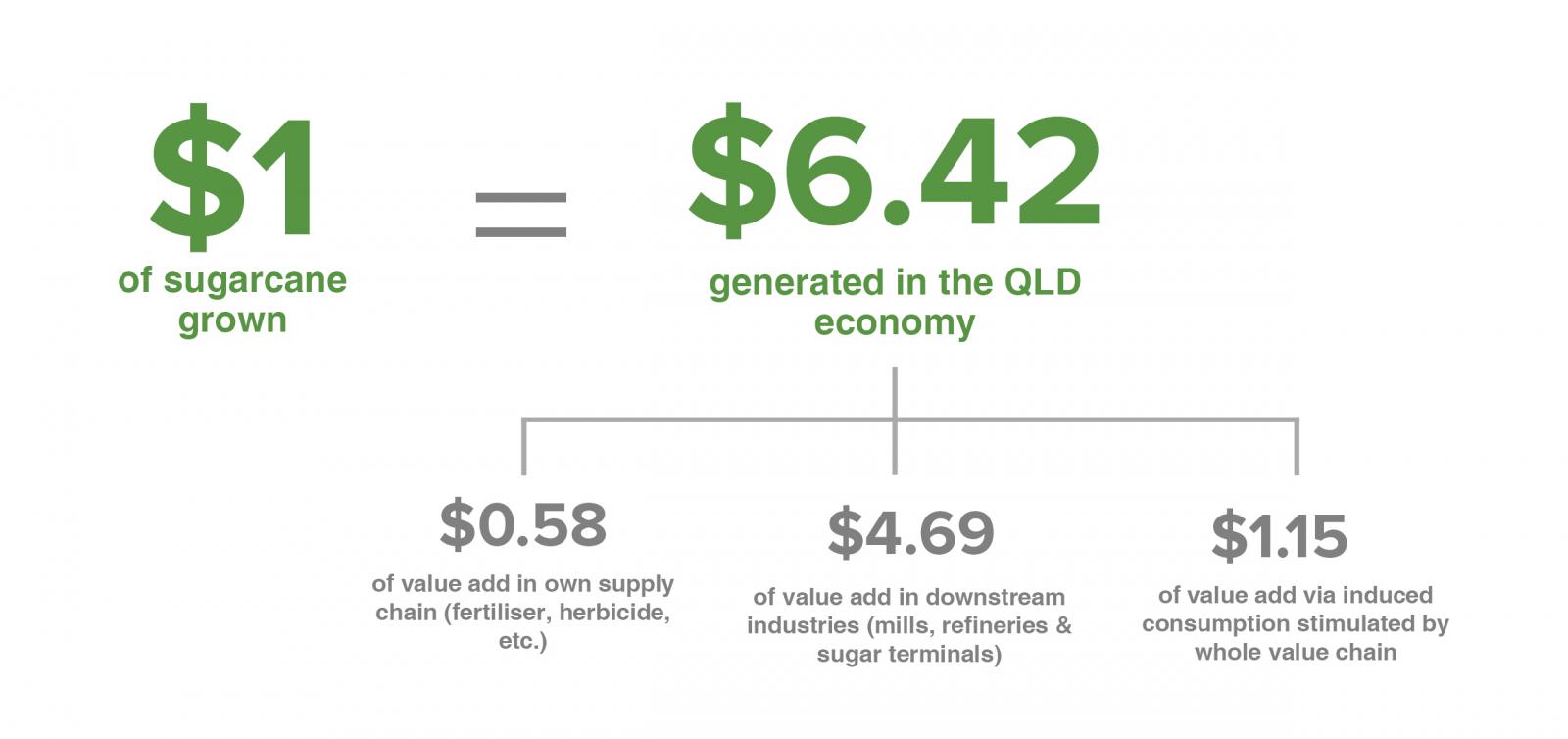A lack of rain is making a dent in Queensland’s 2019 sugarcane harvest and the peak group for growers, CANEGROWERS, says a new report indicates the state economy will feel the impacts.
CANEGROWERS CEO Dan Galligan said figures for January to September 2019 revealed the southern sugarcane regions have had less than half of their average annual rainfall for the nine-month period on the back of a very dry 2018.
“The regions around Bundaberg, Childers and Maryborough are particularly parched and the harvest is heading towards a very early October finish because of the smaller crop.
“In the far north, places like Tully and Babinda are around 30% down on average and while the figures in other northern regions look close to average, a lot of their rain fell in the flooding monsoon trough in February and there has been little since.”
CANEGROWERS expects the sugarcane harvest for 2019 to be 29.49 million tonnes - down one million tonnes from 2018 and two million tonnes less than 2017.
“The estimate has been downgraded several times as the 2019 season has progressed and the dry weather has taken its toll,” Mr Galligan said.
“At current prices, the drop in production alone means that across the industry growers will earn $36 million less than they did last year.
“That loss of income will be felt by growers and impact right through cane growing communities.”
A report commissioned by CANEGROWERS has lifted the lid on just how important the sector is to the Queensland economy.
“For the first time this report gives us a clear picture of the scale and extent of the sugarcane industry supply chain and how it really does underpin the well-being of many regions up and down the coast,” Mr Galligan said.
“For every $1.00 of economic activity in sugarcane growing, an additional $6.40 in economic activity is generated elsewhere in the economy.
“In the Ingham and Ayr regions the sugar industry value chain supports nearly one-in-three jobs including employment in sugar mills, transport operators, agricultural contractors, business services and suppliers of fuel, fertiliser, machinery and other products and services.”
The report, The economic contribution of the Sugarcane Industry to Queensland and its regional communities, highlights that sugarcane farming:
- supports nearly $1.1 billion in economic activity each year,
- provides more than 9,800 direct jobs and $379 million in wages and incomes,
- underpins a value chain worth approximately $4 billion in economic activity each year,
- enables more than 23,650 value chain jobs providing $1.36 billion in wages and income, and
- contributes to around $1.1 billion in taxation revenue to federal, state, and local governments from the sugar industry value chain.


.jpg)